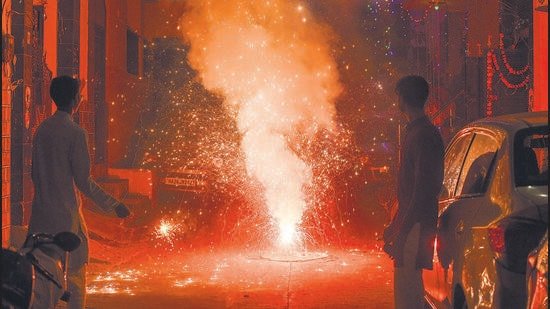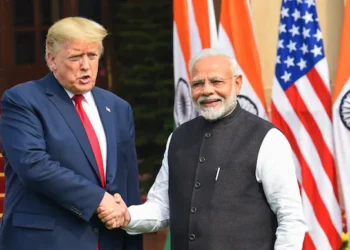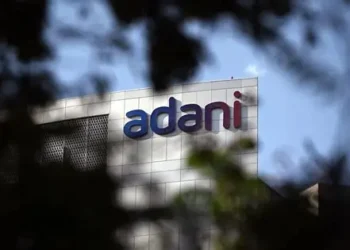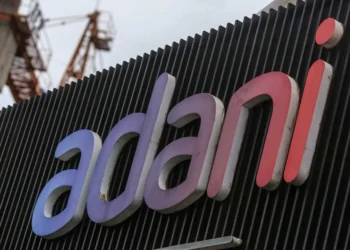New Delhi
Diwali celebrations once again illuminated the challenges faced by India’s firecracker industry. Despite a modest 5% increase in sales to ₹6,000 crore in Sivakasi, the industry’s heartland, manufacturers remain concerned. The Supreme Court’s ban on barium nitrate, a key ingredient, continues to cast a long shadow.
Industry leaders believe that lifting the ban on garland crackers and allowing the use of barium nitrate could boost sales by 25-35%. This small Tamil Nadu town, responsible for 70% of India’s firecracker production, is not alone in facing these challenges. Manufacturers nationwide are grappling with similar issues.
Sivakasi supports over 650,000 families who rely directly or indirectly on the firecracker business for their livelihoods. However, the industry is under immense pressure. Following a ruling last November, the Supreme Court clarified that its restrictions on barium and other banned substances apply nationwide, impacting all states—not just the Delhi-National Capital Region.
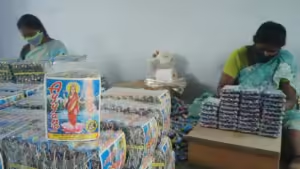
Also Read: SPECIAL STORY: Soren Left to Fight Alone as Allies Remain Absent
Despite the notable sales figures, the Tamil Nadu Fireworks Manufacturers Association reported a staggering 30% drop in production, attributing this decline to the reaffirmation of the barium nitrate ban and new limitations on popular joined crackers, which are traditionally favored during festivals. Sivakasi is home to around 1,000 factories employing nearly 400,000 workers, but the region has also seen a troubling spike in safety incidents, with 17 firecracker-related accidents resulting in 54 fatalities this year.
The global fireworks market was valued at USD 2.69 billion in 2024, with projections suggesting it could reach USD 3.65 billion by 2032, growing at an annual rate of 3.9%. The Asia-Pacific region held the largest share of this market in 2023.
India’s firecracker manufacturing dates back to post-independence, beginning with a factory in Kolkata. The industry’s growth accelerated when brothers P. Ayya Nadar and Shanmuga Nadar established factories in Sivakasi that produced the first sparklers, known as ‘phooljhadi.’
Like many sectors, the firecracker industry faced hardships during the COVID-19 pandemic in 2020, with production dropping significantly. Estimated at around ₹5,000 crore, the industry produced only ₹3,000 crore worth of firecrackers that year. The troubles continued into 2021 as several states, including Odisha, Rajasthan, Delhi, and Haryana, imposed complete or partial bans on firecrackers. Consequently, the total value of manufactured fireworks fell to approximately ₹1,500 crore, a staggering 50% decrease from the previous year, resulting in an estimated loss of ₹500 crore.

In the wake of the pandemic, the Supreme Court further restricted firecracker sales, imposing additional quality control measures on exports. To combat air and noise pollution, manufacturers were directed to develop “green” or “low-emission” crackers, a task assigned to the Council of Scientific and Industrial Research (CSIR) and the Fireworks Research and Development Center in Tamil Nadu. However, producing these eco-friendly alternatives has proven to be twice as costly.
Experts warn that for the firecracker industry to thrive, it must evolve into a more environmentally sustainable and socially inclusive sector, fostering decent work opportunities for those who depend on it. This transition requires supportive government policies, a focus on innovation, and a cohesive framework to navigate these challenges and secure a sustainable future.


